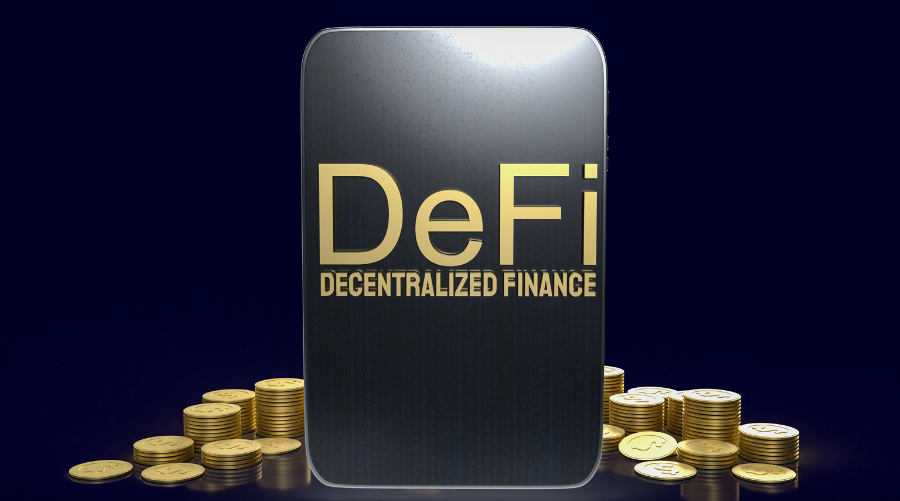Until now, financial innovation has been mostly a product of major institutional players such as banks and governments. But this is about to change with Web 3.0. The new internet era is creating next-generation financial systems which have the potential of replacing the present ones. In fact, Web 3.0 has been pushing mainstream financial institutions to venture into unknown territories.
Two of the main aspects where Web3 is going to transform the financial systems are decentralized finance (Defi) & crypto. Let's dive into them in this article.
Web 3 encompasses cryptocurrencies, decentralized finance, NFTs, and DAOs. We are going to shift from a world in which finance powers transactions, to a world in which it powers an array of new possibilities. A future in which trillions of dollars are likely locked up in the decentralized financial liquidity, and in which a spiderweb of liquidity connecting assets grows ever larger. We can envision the exchanging of myriads of assets becoming possible with remarkably little friction.

Decentralized Finance, or DeFi, is an umbrella term used to describe various financial applications within cryptocurrency or blockchains aimed at dismantling financial intermediaries (banks, brokers, wealth managers, and so on). In much the same way that AI and machine learning in FinTech are disrupting the asset management space, Decentralized Finance is going to disrupt banks and financial services. It does this by removing the middleman from financial transactions using cutting-edge technology. Thus making it possible for individuals, corporations, and merchants to conduct financial transactions on their own.

DeFi will commoditize certain basic services offered by banks, financial services firms, and even FinTechs today, including credits and exchanges, lending and borrowing, opportunities for earning interest on savings, and much more, using blockchains and oracles. Because so much of what is happening in the space is using open-source technologies, Decentralized Finance Protocols could be used to quickly roll out innovative, differentiated products and services.
Financial institutions and banks would better be ready for this paradigm change, since it is not a question of if, but when, Web 3.0 becomes mainstream. This demand for change is not driven by institutions seeking maximum profits, but rather by their customers wanting and expecting more from services and products within the financial sector.
Decentralized finances' potential for competing with some of their main products and services in much more cost-effective ways is very clear to current financial institutions. So, how can they survive the transition? For instance, by placing more emphasis on customer/investor experiences.
It is critical for financial services leaders to track traction for decentralized finance (DeFi) and Web3-enabled ideals and innovations with consumers, otherwise, they run the risk of losing business -- not to competitors, but to fellow consumers serving as the new providers in the DeFi world.
Underpinned by Web3, a new Financial model is leading to a more independent, decentralized, and autonomous system, where power is returned to the masses and the dependence on centralized Banks and Actors is reduced to the minimum. Are you going jump on board?